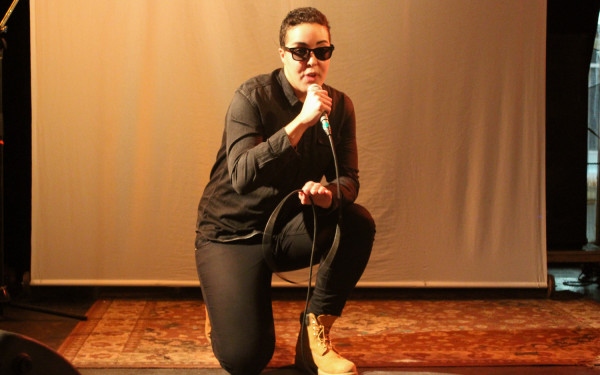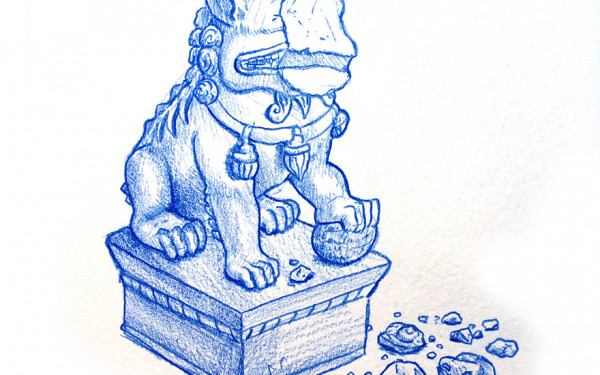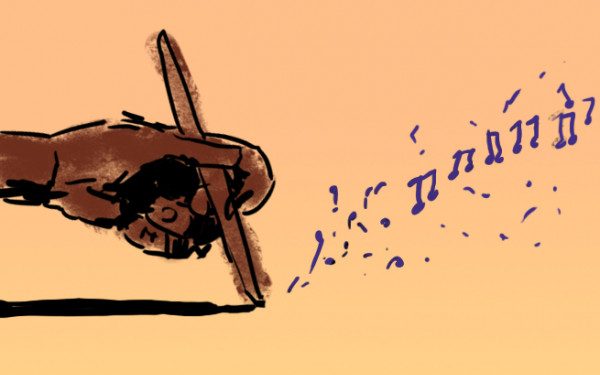BAHAY Breaks the Boundaries of the Music Scene in Montreal’s Asian Community
A ‘Double-Edged Sword’ Brings Representation to the Stage While Raising Relief Funds Back Home
Vietnamese-Canadian Chuong Trinh goes by Waterboii as a stage name. He’s been making beats for the past three years and rapping for the past two. On his forearm, a tattoo that reads “514 Pho” marks his distinct cultural identity—Vietnamese roots, born and raised in Montreal.
“We want to unite the whole community,” he said.
“In the city of Montreal, there’s a lot of Asians, but I feel as though they’re not connected,” said Trinh, co-founder of BAHAY, a non-profit event promotion organization. “It’s not like Toronto, it’s not like Vancouver—we’re all just kind of isolated, and we kind of [had] an identity crisis growing up.”
In March 2019, Trinh and Chelsea Capistrano collaborated on a benefit concert with two of McGill’s Asian clubs that Capistrano had joined.
It was prompted by members of the McGill Association of North American Born Asians and held in collaboration with the McGill University Filipino Asian Students’ Association.
All proceeds went towards relief efforts for Typhoon Mangkhut, a cyclone that struck the Philippines last September.
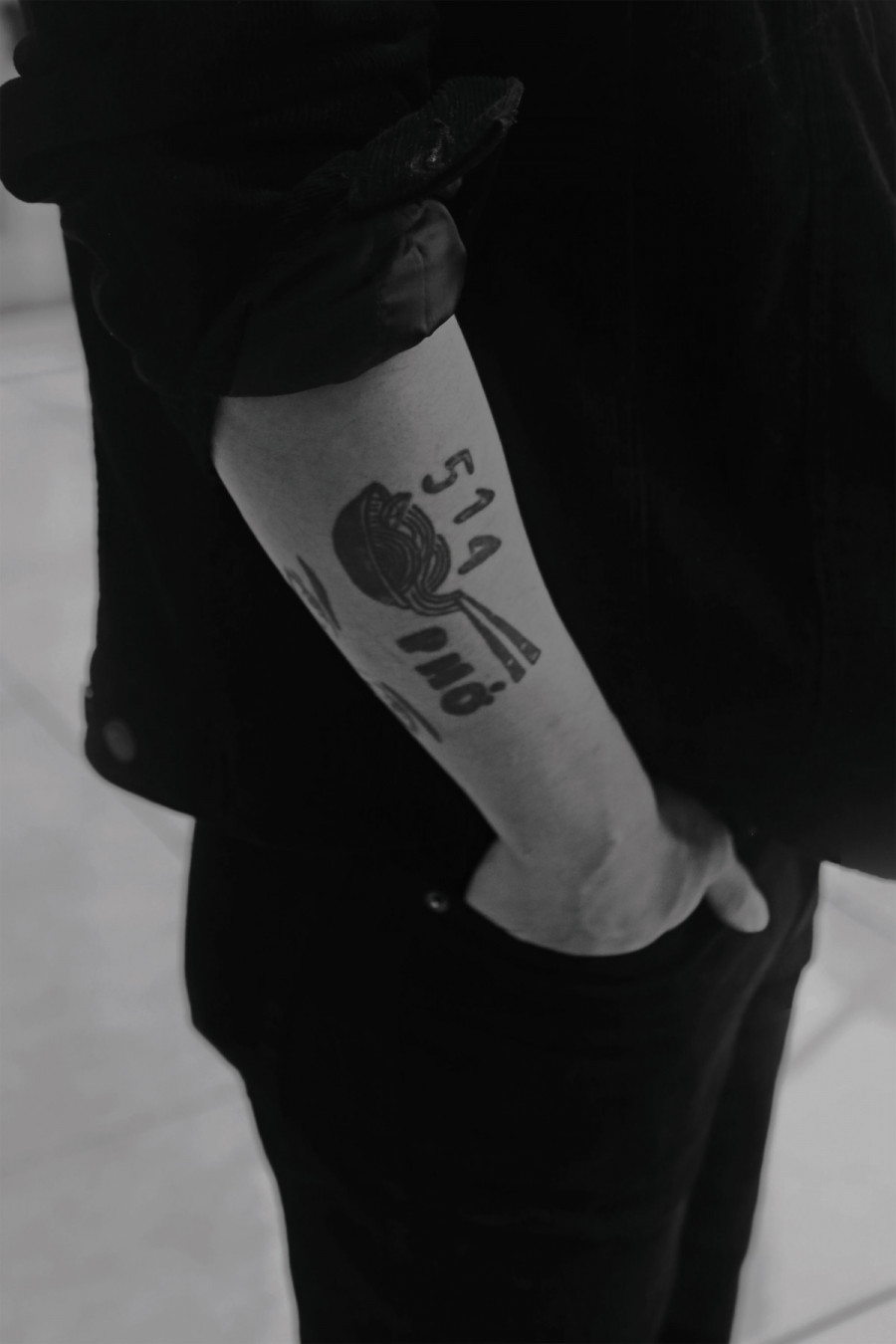
They set out to feature mainly Asian and other artists of colour. They named the concert BAHAY, which translates to “home” in Tagalog, an allusion to the event’s mission to raise funds for destroyed homes in the Philippines.
Opened by rapper Bea di Vinci and featuring Trinh as Waterboii and headlining rapper Lou Phelps, the night was a success; they raised over $1,500 for ABS-CBN Foundation International, which is committed to improving the lives of disadvantaged Filipino families.
The night was electric. The reception was good, and everybody had fun, according to Trinh.
It did not take long for Trinh and Capistrano to realize that they had created something special. Why not stretch that night further, they thought, into a full-fledged organization?
“McGill is such a big school, and it’s difficult to find a safe space sometimes because there’s just so many people,” said Capistrano. “BAHAY is similar in the sense that I wanted more representation for Asian artists, as well, in such a big city.”
BAHAY “represents a home away from home for Asian talent in the diaspora,” according to Trinh. They put on live art and music events featuring mainly Asian and other POC artists, with all funds going towards disaster relief in Asia.
“The idea is that people come to our events, and they have fun, and you don’t even realize that the lineup is comprised mostly of Asian or POC artists,” Capistrano explained.
“But they’re still having fun regardless. And at the end of the day, the money that we’re raising, we know it’s going to help typhoons in the Philippines. So that, too, is really rewarding,” she added.
Their first official event as an organization took place over the summer. Sponsored by MURAL Festival, the organization secured Toronto rapper Ching as a headliner.
They moved quickly onto their second event, which they held in collaboration with Bliss Collective, which supports up-and-coming local artists.
For Trinh, who is planning to release his first album as Waterboii by the end of the year, BAHAY gives a platform for artists from diverse backgrounds.
His own music is poetically driven, drawing on complex themes, often derived from his Asian-Canadian identity, chronicling his relationships with his parents, family, and mental illness.
“Mama” speaks about tiger parenting, which refers to demanding parents urging their children into strict academic routes, often at the expense of the children’s mental health.
“Du Ma May,” his most popular track on YouTube to date, boasts a catchy hip-hop beat. The title translates to “Fuck Your Mom” in Vietnamese.
“[BAHAY] represents a home away from home for Asian talent in the diaspora.”— Chuong Trinh
Being an artist from a visible minority comes with its own set of challenges. Not only is Montreal’s hip-hop and rap community fragmented, but so is the Asian community, Trinh explained.
Breaking into the scene is difficult. There are both personal and systemic obstacles to overcome, and stereotypes to break.
“I don’t look like your average rapper,” said Trinh. “And so, from that, a lot of people set up this expectation, like, ‘Who does he think he is?’”
Trinh explained that a lot of his critics are other Asians who are deeply rooted in their own restraints, struggling with identity and stereotypes. “Because they don’t see themselves like that, they didn’t know that Asian people could do that,” he said.
“I just want to be what I can’t be, or what I’m told I can’t be,” Trinh added.
Facing these systemic challenges and being on stage provides a beacon of light for others.
“So much of the music scene in Montreal is dominated by white voices,” said di Vinci. “[BAHAY is] about levelling the playing field, or at least attempting to. And then, giving back to marginalized communities.”
On stage at that critical first show, di Vinci was later asked to join the team once BAHAY became an official organization. Drawing upon her experience as an international development and social justice undergraduate student, di Vinci decides which fundraisers BAHAY will donate to, researching their accountability and transparency.
Being an artist herself, di Vinci said that sometimes playing an active role in the organization feels like self-promotion.
But, she added, her and Trinh are dipping their feet in both organizational and artistic components, which gives them an upper hand.
“We represent a little bit of the artistic side of it, where we can advocate for what an artist would typically want,” di Vinci explained. This includes “making sure people are happy with how the sets are structured, with compensation, and choosing venues that are conducive to live performances.”
The pressures of self-set stereotypes are hard to break within a community that is so splintered, said Trinh. He mentioned that he receives a lot of hate from other Asians because of the lack of representation in the hip-hop community, and their own cultural conditioning. It can be hard for them to take Trinh seriously as a rapper.
These are tensions that both Trinh and fellow hip-hop producer and rapper Yenny Yuka express when it comes to performing and making music.
“I didn’t know I had a reach in the Asian community until BAHAY,” Yuka said. His main contact with other Asians did not leave an academic setting, where Yuka states the stereotypes of the studious and introverted Asian are played out.
“I don’t hang out with my own people a lot,” said Yuka. “I don’t have an Asian squad, so I feel like I’m disconnected from my own community. But with BAHAY, this came back in. This is me. This is my group.”
Artistically, he calls himself a musician first and rapper second. He describes his sound as “jazzy and bluesy,” and places more importance on the melody and flow rather than poetic meaning in lyrics, crediting his years studying music for his rich beats and clever riffs.
Yuka explained that the experience of being on stage, performing for fans he didn’t know he had, made him feel reunited with the Asian community in Montreal.
“I’ve been in many collaborative projects, but none that really unites [its members like BAHAY],” he said.
“There’s this deep connection between us. We have the same values, we were raised the same, we got the same mentality. But with other people, I don’t feel that same connection. It’s purely business, and I don’t see a bigger goal, a bigger motivation,” he continued. As a volunteer-based organization, BAHAY emphasizes mentorship. Each member fulfills a uniquely carved-out role that plays on their strengths.
Members are encouraged to share skills, cultivating proficiency among all areas, from music production to event coordination, all the while raising funds for disaster relief.
According to di Vinci, BAHAY is a double-edged sword. What they’re doing is creative and engaging for the public.
Supporting charities for disaster relief is almost a hidden advantage. “Not everyone is necessarily coming for that,” said di Vinci.
“But we’re making it accessible in a way that they’re still indirectly contributing to making a positive impact by coming to these events, and having fun and seeing all of these amazing artists,” she added.

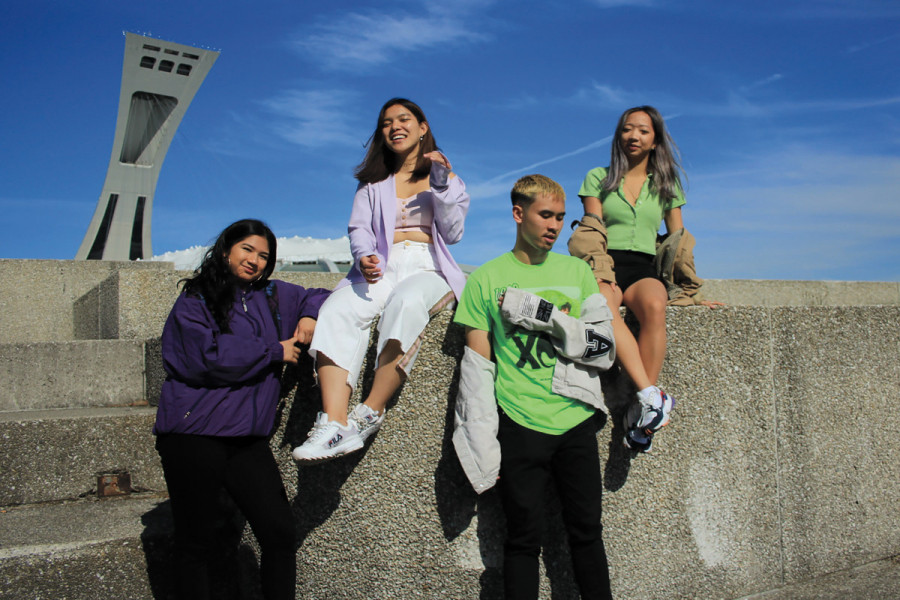
_600_832_s.png)


